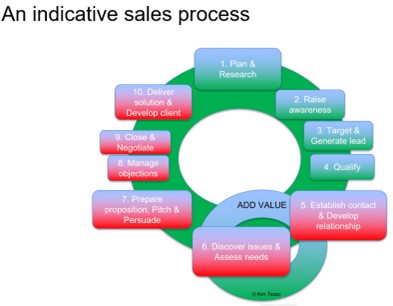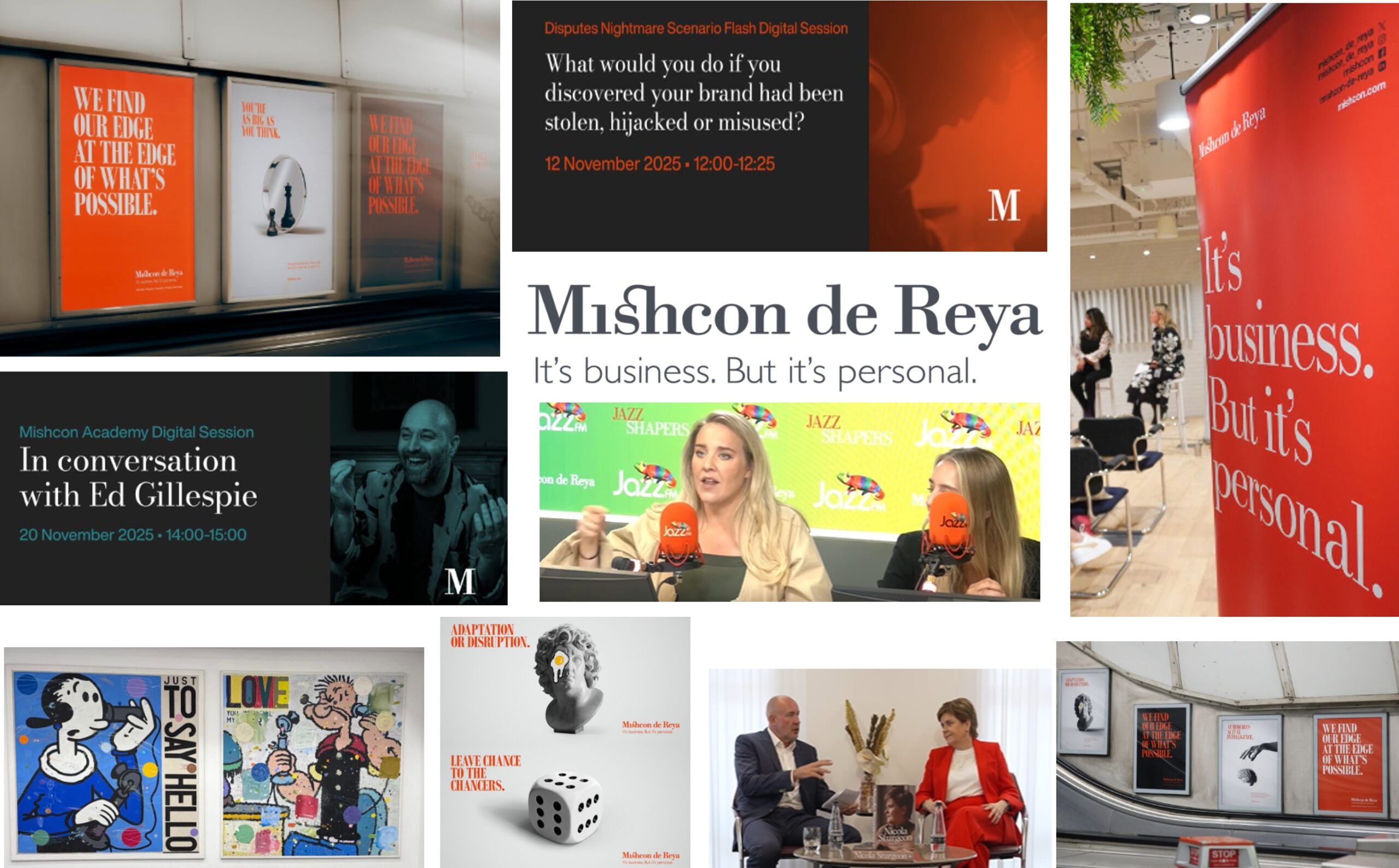
Last week we had delegates from law and accountancy firms from all over the UK and Ireland (and also Cyprus) at another of the PM Forum’s popular workshops on “Being more strategic”. We looked at how to improve strategic thinking skills, understanding business strategy and developing marketing/business development strategies. We also saw the importance of involving fee-earners in the strategic process from the outset. As marketers and business developers our role is to facilitate and guide them and take them on the strategy journey. This way there is engagement and buy-in is built in.
We can ALL think more strategically
No matter our seniority or role, we can all learn to think more strategically.
Sometimes just knowing how to ask the right questions can have a significant impact. This article demonstrates how questions can help people come up with more strategic responses in a coaching situation.
We all need time to step back and think strategically rather than just react and respond to the constant flow of requests. The need to take time to consider what we are trying to achieve and the different ways we can achieve our objectives. Time and workload pressure can sometimes prevent us from taking the time to break out of old habits and to consider new strategies and approaches.
Our nature is to be driven by habit – so it is hard to step back and think objectively about what is happening and why. Habit may prevent us exploring alternative approaches and trying out new responses.
We can all be more systemic in our thinking. To consider the impact of any decisions or actions in other parts, projects, people or systems of the business.
Strategy is not an individual endeavour – it’s a team event
It isn’t down to one person to develop a strategy – it’s a joint enterprise.
If a strategy is developed by one person or a single team then there will be resistance from others who are needed to support and implement the strategy. Explore resistance to change here.
So we need to guide and facilitate the process so that everyone feels involved in analysing the information, brainstorming the options and making a collective choice about which route to take.
This way buy-in is built in from the start. There is a greater sense of ownership. There’s more on employee engagement.
The marketing audit and analysis supports everyone on the strategy journey
The marketing audit is described as follows by two leaders in marketing strategy:
“A comprehensive, systematic, independent and periodic examination of the unit’s marketing environment, objectives, strategy and activities with a view to determining problem areas and opportunities and recommending a plan of action to improve the company’s performance” (Kotler)
“A means by which a unit can identify its own strengths and weaknesses as they relate to external opportunities and threats – a way to help management select a position in that environment based on known factors” (McDonald)
There’s detailed guidance on marketing audits in this marketing planning summary.
I was surprised that only one delegate had completed a marketing audit for their firm. And also surprised that the area of analysis that most delegates (28%) felt needed improvement was internal analysis of past clients and sources of work (although the poll results – see below – indicated that there was significant variation in the areas needing improvement).
Fee-earners can sometimes have a narrow view. They might naturally concentrate exclusively on the immediate environment – their clients, their services, their fees etc. So providing data, information and analysis on the broader context really helps everyone consider wider opportunities and implications. And this leads to better strategic decisions.
It is a vital step to analyse the present situation – exploring both internal and external environments. It requires us to gather a lot of information. And it helps us deepen our understanding of the issues. By presenting a summary of the information gleaned through the audit we can establish benchmarks on which to base realistic goals and objectives. Gap analysis (from where we are now to where we want to be) can help us see opportunities and generate creative options for addressing the core challenges and overcoming obstacles.
By presenting key elements of the audit and analysis we can take others on the strategic journey so that they can both see and contribute ideas to what strategic response might be appropriate.
This article on introducing the M&BD planning process into a professional services firm provides further insight.
Thanks to everyone for their enthusiastic engagement in the session and to Nadia Cristina of PM Forum for technical co-hosting.
Session polls and break out discussions
During the session there were numerous polls for the delegates. These are the highlights.
Which topic is of most interest to you?
- 33% Thinking strategically
- 22% Understanding business strategy
- 44% Marketing/BD strategy
Where is your strategic focus?
- 33% The firm overall
- 22% Sectors
- 44% Departments, practice groups or service lines
Break out 1 – Strategic thinking and our assumptions/biases
- We need to simplify the approach to strategy development
- Our role is to help people consider the bigger picture – and consider a variety of options to address strategic challenges
- A core challenge is to promote creative brainstorming to develop new strategic options
- It is important to help people visualise their ideal outcome – and to develop measurable goals. This helps both to manage expectations and select the right strategic approach
- On assumptions, as marketing and BD professionals we have studied the same models and theories so this may impact on our ability to be more creative and develop differentiated and bold approaches
Which area presents the biggest challenge?
- 13% Strategic analysis
- 38% Strategic options
- 13% Strategic choice
- 25% Strategy implementation
- 13% Something else
Have you completed a marketing audit for your firm/team?
- 13% Yes
- 88% No
Which element of strategic analysis do you think you MOST need to improve at your firm?
- 13% Internal analysis – strengths and weaknesses
- 28% Internal analysis – past clients and sources of work
- 13% External analysis – competitors
- 25% External analysis – sector issues and trends
- 13% External analysis – far environment and PESTLE
Which of the following is closest to describing your goals?
- 13% Really well defined – there are objectives/KPIs for financial/other measures
- 50% Well defined – revenue, reputation and relationships
- 25% Partially defined – there are some goals and objectives
- 13% Poor – there are some activity-based goal but not results-focused goals
- 0% Poorly defined
Break out 2 – PESTLE analysis and weak signals
- Most commented on the challenge of obtaining reliable data – both to assess the current situation and to set goals for the future
- ESG (Environmental, Social, and Governance) and decarbonisation was identified as a key trend going forward – although it was noted that property sector was ahead of the curve here
- B Corp registration, diversity and inclusion (D&I), digital transformation, virtual working and supply chains were other trends identified
- Some discussed the advances in automation of communication through chat bots and virtual assistants
- Most felt that we should pay more attention to outliers
- Those in law firms were directed to the recent Law Society research which can save time on PESTLE analyses – Future Worlds 2020-2030
Which strategic frameworks have you or do you use?
- 0% Ansoff markets and services
- 25% BCG’s portfolio analysis
- 0% Porter’s generic strategies
- 0% Porter’s five forces for competitor analysis
- 0% McDonald’s marketing plan framework
- 100% SOSTAC or ROSIER
Segmentation approaches used:
- 88% Market or industry sector
- 63% Size of business
- 38% Job function
- 75% Geography/region
- 25% Nature of relationship
- 38% Personas
- 13% A mixture
Break out 3 – The scenario exercise
- Tools selected included SOSTAC and SWOT
- Additional suggestions included: market and client research, brand and awareness audits, more analysis, segmenting the internal audience and a cross-selling programme
Amongst those firms who were perceived as being good at strategy one delegate suggested South East law firm DMH Stallard – because they think about the bigger picture, appeal to a variety of audiences, have a strong visual identity, are clear on their targets and come across as professional. The carousel of client logos on their web site is powerful.
Key takeaways for delegates
- See the bigger picture – the importance of a helicopter view and systemic thinking (the impact of one action on other teams and parts of the firm)
- Think about (and facilitate) the strategic journey from the start to the finish
- Mental models – the value of having people from different backgrounds and perspectives to tap into new mental models
- Strategic analysis – the importance of analysing what happened in the past and present to see the context for future decisions, strategies and actions
- Monitor weak signals – they reveal early opportunities and threats
- Recognise the value in fee-earners being on the coal face of markets and clients and therefore being able to identify weak signals and emerging needs early. Be tolerant of and flexible about emerging strategies in addition to the agreed strategic plan
- Visualise success at the outset and gain agreement on “what good looks like”
- Assess results using a variety of measures
- Differentiation – alternative approaches to differentiate your position, offering and marketing/BD can be achieved by providing more data and analysis, brainstorming ideas, looking for analogies in other sectors and being bold
- Consider the use of scenario analysis to prepare alternative strategies to respond to different situations (this article looks at scenario analysis in action)
- Take stakeholders on the strategy journey with you







